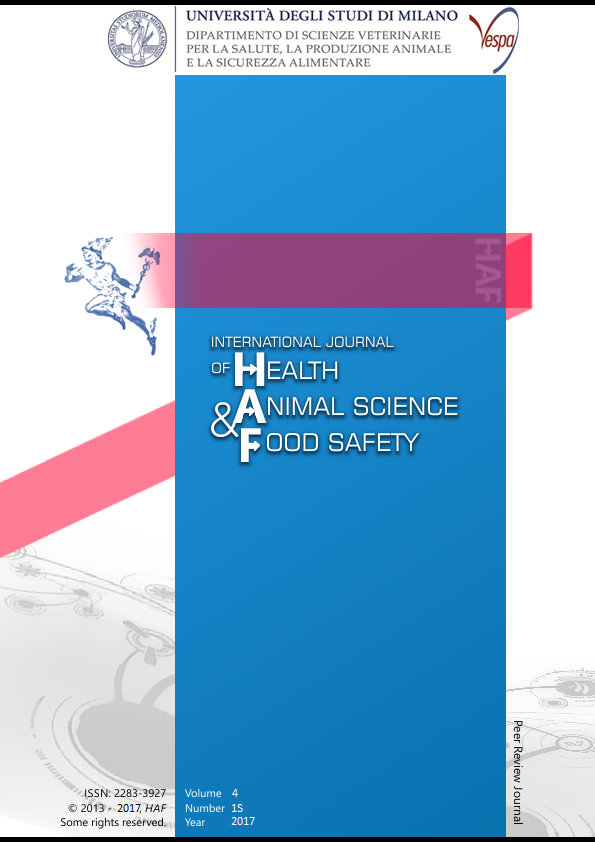Abstract
In vivo, cells are surrounded by a three-dimensional (3-D) organization of supporting matrix, neighboring cells and a gradient of chemical and mechanical signals (Antoni, et al., 2015). However, the present understanding of many biological processes is mainly based on two-dimensional (2-D) systems that typically provides a static environment. In the present study, we tested two different 3-D culture systems and apply them to the epigenetic conversion of mouse dermal fibroblasts into insulin producing-cells (Pennarossa, et al., 2013; Brevini, et al., 2015), combining also the use of two oxygen tensions. In particular, cells were differentiated using the Polytetrafluoroethylene micro-bioreactor (PTFE) and the Polyacrylamide (PAA) gels with different stiffness (1 kPa; 4 kPa), maintained either in the standard 20% or in the more physiological 5% oxygen tensions. Standard differentiation performed on plastic substrates was assessed as a control. Cell morphology (Fig.1A), insulin expression and release were analyzed to evaluate the role of both stiffness and oxygen tension in the process. The results obtained showed that 1 kPa PAA gel and PTFE system induced a significantly higher insulin expression and release than plastic and 4 kPa PAA gel, especially in low oxygen condition (Fig.1B). Furthermore, comparing the efficiency of the two systems tested, 1 kPa PAA gel ensured a higher insulin transcription than PTFE (Fig.1C). Recent studies show the direct influence of substrates on lineage commitment and cell differentiation (Engler, et al., 2006; Evans, et al., 2009). The evidence here presented confirm that the use of an appropriate stiffness (similar to the pancreatic tissue), combined with a physiological oxygen tension, promote β-cell differentiation, with beneficial effects on cell functional activity and insulin release. The present results highlight the importance of 3-D cell rearrangement and oxigen tension to promote in vitro epigenetic conversion of mouse fibroblasts into insulin-producing cells.
Riferimenti bibliografici
Antoni, D., Burckel, H., Elodie Josset, E. and Noel, G., 2015. Three-dimensional cell culture: a breakthrough in vivo. International Journal of Molecular Sciences, 16(3): 5517–5527;
Brevini, T.A.L., Pennarossa, G., Maffei, S., Zenobi, A., Gandolfi, F., 2015. Epigenetic conversion as a safe and simple method to obtain insulin-secreting cells from adult skin fibroblasts. JoVe, 109, e53880;
Engler, A.J., Sen, S., Sweeney, H.L. and Discher D.E., 2006. Matrix elasticity directs stem cell lineage specification. Cell, 126(4): p. 677-89;
Evans, N.D., Minelli, C., Gentleman, E., LaPointe, V., Patankar, S.N., Kallivretaki, M., Chen, X., Roberts, C.J. and Stevens, M.M., 2009. Substrate stiffness affects early differentiation events in embryonic stem cells. European Cells & Materials, 18: p. 1-13; discussion 13-4;
Pennarossa, G., Maffei, S., Campagnol, M., Tarantini, L., Gandolfi, F., Brevini, T.A.L. 2013. Brief demethylation step allows the conversion of adult human skin fibroblasts into insulin-secreting cells. Proceedings of the National Academy of Sciences, 110(22), 8948–8953.
This work is licensed under a CC BY-SA 4.0 international

